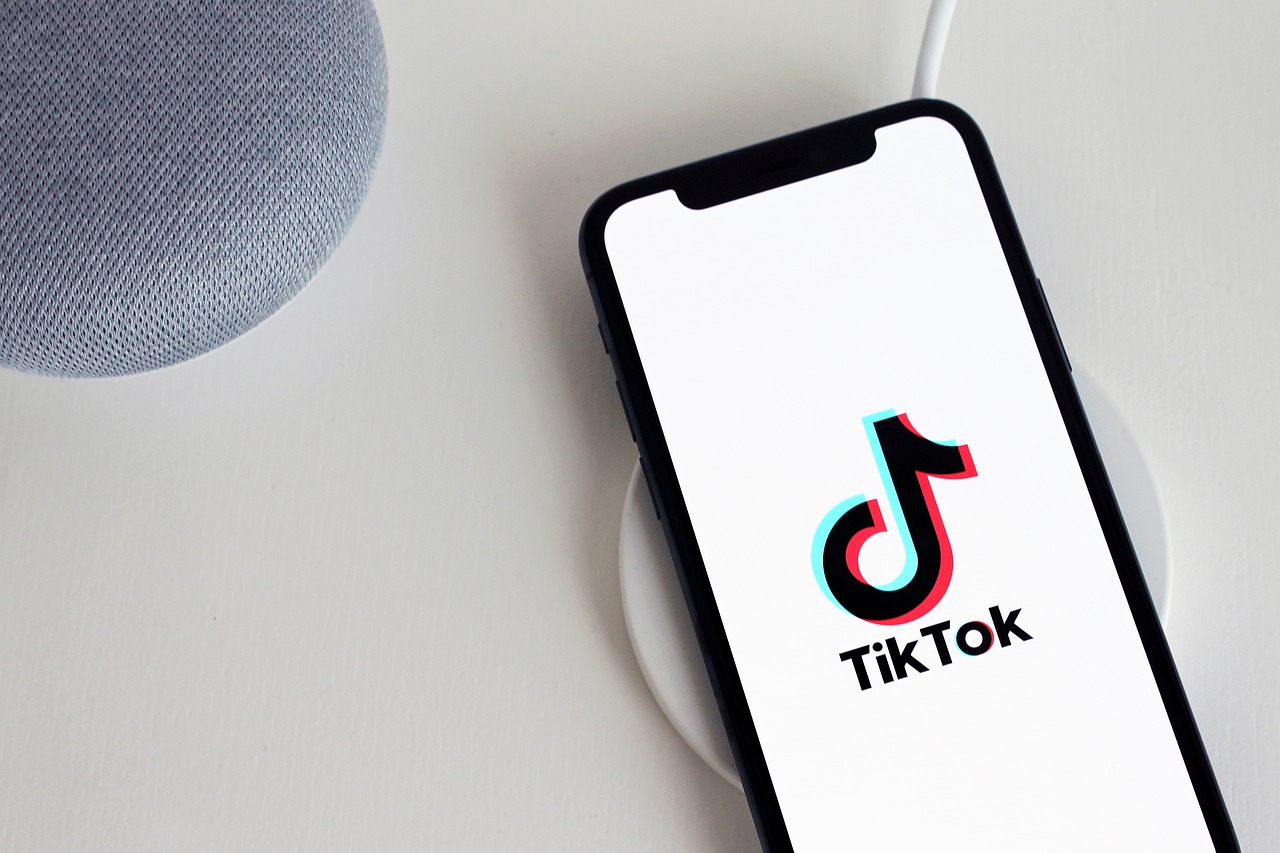TikTok, a popular platform which was previously mainly associated with casual entertainment and dance challenges, now serves as an engaging educational tool. As educators and students alike navigate the digital learning landscape, they are continually seeking out creative ways to foster learning outside traditional classroom boundaries. Thus, the rise of educational content on TikTok is not surprising. However, choosing appropriate educational content can be challenging.
TikTok's primary audience comprises young people who embrace its unique blend of creativity and brevity. The platform's signature 15-second videos make it ideal for bite-sized learning or what is commonly referred to as 'microlearning.' This format encourages users to consume information quickly and efficiently - a trend particularly appealing in our fast-paced society.
However, as beneficial as microlearning may seem, it also raises concerns about the quality and appropriateness of the content disseminated. Given that anyone can produce content on TikTok, there is a potential risk of misinformation being spread intentionally or unintentionally.
To ensure that the educational content chosen from TikTok supports rather than hinders student learning, several factors should be considered. Firstly, educators should evaluate the credibility of the source producing the educational content. Just like any other online resource used for instructional purposes, sources must be reliable and trustworthy.
Secondly, teachers should examine whether the content aligns with their teaching objectives and curriculum standards. Not all entertaining videos are educationally valuable; thus discernment is key in sifting through available material.
Furthermore, given that TikTok’s user base primarily consists of adolescents and young adults who are still forming their understanding of themselves and their worldviews - sensitivity towards cultural diversity and inclusivity must also play a pivotal role in selecting suitable material.
In conclusion, while platforms like TikTok provide new avenues for innovative teaching methods aimed at engaging learners more effectively - caution must be exercised when selecting appropriate educational content due to the potential risks associated with digital learning. Educators need to take on the role of responsible digital citizens, guiding students towards accurate and valuable information that enhances their learning experience.
Least probable words: TikTok, Microlearning, Disseminated, Misinformation, Discernment, Worldviews.

Teaching Kids about Interacting Safely with Strangers on TikTok
